Evaluating Existing VFFS Machines for Sustainable Films
Sustainable packaging materials are becoming increasingly popular, and many of today’s CPG brand teams and other stakeholders are evaluating ...
5 min read
Megan Reschke : Updated on August 23, 2021
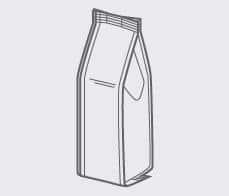
Grab a cuppa joe, and settle in. Today, we’re chatting about all things coffee.
There’s something about the normalcy and consistency of waking up and brewing a strong cup of coffee that I’ll never tire of. In the midst of this pandemic, it’s a routine I’m especially grateful for.
I’m pretty sure I can thank my dad for this habit (or addiction?). He’s an avid coffee-drinker as well, and trips home to visit him wouldn’t be complete without mornings spent on the porch drinking coffee and playing a game of gin.
Coffee brings people together. In this weirdness and disconnection created by the pandemic (and especially with the holidays impending), it’s nice to recognize the simple beauty of sharing coffee with others.
As with many items that end up in our homes, coffee takes a lengthy journey to get there. Packaging is a key moment in that journey. And, today, we’re focusing on waste reduction, especially product waste reduction, as coffee makes its way from a farm, to your coffee maker, to your favorite mug.
Though this post is not going to do a deep dive on material waste reduction (see this blog post if you’re wanting more), it’s worth noting a few key points.
First and foremost, it is critical to properly maintain your equipment. Conducting regular preventative maintenance ensures that your machine is running optimally and efficiently. The foundation of any reliable VFFS machine is consistent day to day tasks and standard operating procedures, as well as proper training for all team members. Tasks such as daily cleaning procedures should happen at the start of every shift, ensuring that your product is not contaminated and therefore not wasted. All team members should be on the same page about these procedures so that they can happen consistently and effectively each day.
In addition to proper maintenance, there are key steps you can take to ensure you are not wasting film. It is standard for Rovema VFFS machines to have automatic film tracking, which allows for virtually instant correction of any incremental film misalignment. Even as the machine is correcting, it is producing bags within specs. This ensures that neither time nor film is wasted. More importantly, product isn’t wasted. We’ll dive more into that shortly.
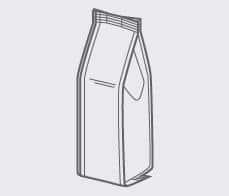
Beyond the standard option of automatic film tracking, Rovema’s ultrasonic film tracking provides even more precise tracking and correcting. Used for offset Stabilo®️ bags (and even for VFFS-made doy style stand up pouches), it is top of the line for consistency and efficiency. We're going to dive more into the difference between analog and ultrasonic film tracking in an upcoming blog post!
Another quick note: if you aren’t already, you should make sure you’re running the largest roll possible. For Rovema VFFS machines, that means a 600mm roll diameter. The larger the roll, the less film changeovers. The less film changeovers, the less wasted downtime and wasted film. Wins all around.
There are two key components of product waste reduction in a coffee packaging line: keeping residual O2 levels low and maintaining accurate weight control. Combined, these two factors are at the core of efficient and consistent coffee packaging.
Let’s dive into each in a bit more detail.
We need oxygen to live. Some might argue that they require coffee as well. Despite humans’ reliance on both, oxygen and coffee don’t get along well. As David Hart, the resident Rovema coffee guru, puts it: “Oxygen is one of the biggest killers of coffee.” If you’re looking to maximize shelf life and increase product freshness as a coffee producer, you want residual O2 levels in your coffee to be as low as possible.
How low is possible, you might be wondering?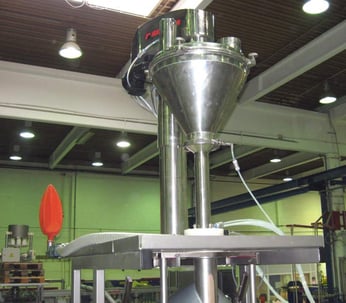
To be honest, it depends on who you ask. Some folks get a bit non-committal about residual O2 levels and give you approximations. Rovema? We stand behind our Aroma Perm®️ technology, and we can confidently say that we can get levels at or below 1%. This is possible because we offer a turnkey solution with an integrated feed screw, auger, and bagger. This system, flushing from key points from the forming tube, through the auger hopper, and into the horizontal feed screw, is entirely closed. Hart goes on to say, “There are no questions to ask. We’re completely confident we can obtain those residual O2 levels of 1% or less.”
The other component to product waste reduction in your coffee packaging line? Weight accuracy.
When you have accuracy in weight control in your coffee packaging line, you are ensuring you are not giving away large amounts of your product.
The key to this packaging consistency is actually in the way you’re filling your auger. The horizontal feed screw we mentioned in the gas flushing process is critical: it’s main job is to maintain consistent head pressure inside your auger filler. By keeping the head pressure consistent, you’re keep the density of your product consistent, and that translates to clean charges through the filling tube. It’s fairly standard now, but is worth mentioning that a servo-driven auger is far more precise and consistent than the more outdated clutch brake technology. Using a servo-driven auger makes automatic check weigher technology possible, which ensures the amount of product bagged is consistent and precise.
In your Rovema coffee packaging line, here are the primary checkpoints and integrations that ensure weight accuracy in your final product:
Why does this matter though? Say you are just slightly over on weight in your coffee packaging line? Does it truly add up?
It seriously does. In a coffee frac pack line, say you’re 2% over on your final product weight. That sounds like a miniscule amount, but, if you can get that down to 1% or less, at 140 bags per minute, you can get over 80 more packages out of the same amount of product you would run through in an hour. Over time, it’s a ton of product to be losing.
Taken together, keeping residual O2 levels low in your final product and maintaining accurate weights throughout your coffee packaging line ensures that you are minimizing product waste and efficiently packaging your product.
Minimizing waste: good for the planet, good for you, good for coffee drinkers everywhere!
Rovema is committed to sustainability and helping customers minimize waste of materials, product, and time is a priority.
As more and more customers are interested in recyclable and sustainable packaging materials, Rovema is exploring how to maintain seal integrity and final product quality with these new materials and testing them on their machines. Rovema GmbH has already successfully tested over 180 sustainable packaging material options on their machines, and have found many new packaging materials meet high expectations in terms of product integrity and packaging performance.
We’re excited to be exploring these new, more sustainable options for our customers and adapting to the growing demands of our world.
Whether enjoyed alone or with friends and family, in a travel cup or your favorite mug, in the morning or after a nice meal, coffee is a wonderful thing.
Rovema is committed to helping customers minimize waste of both product and materials in their coffee production lines, and has much to offer in terms of complete turnkey solutions. It would be great to chat further (maybe over a cup of coffee ☕) if you think we might be able to partner on a project. You can connect with us in the chat box here 👉👉 or reach us via our contact page.
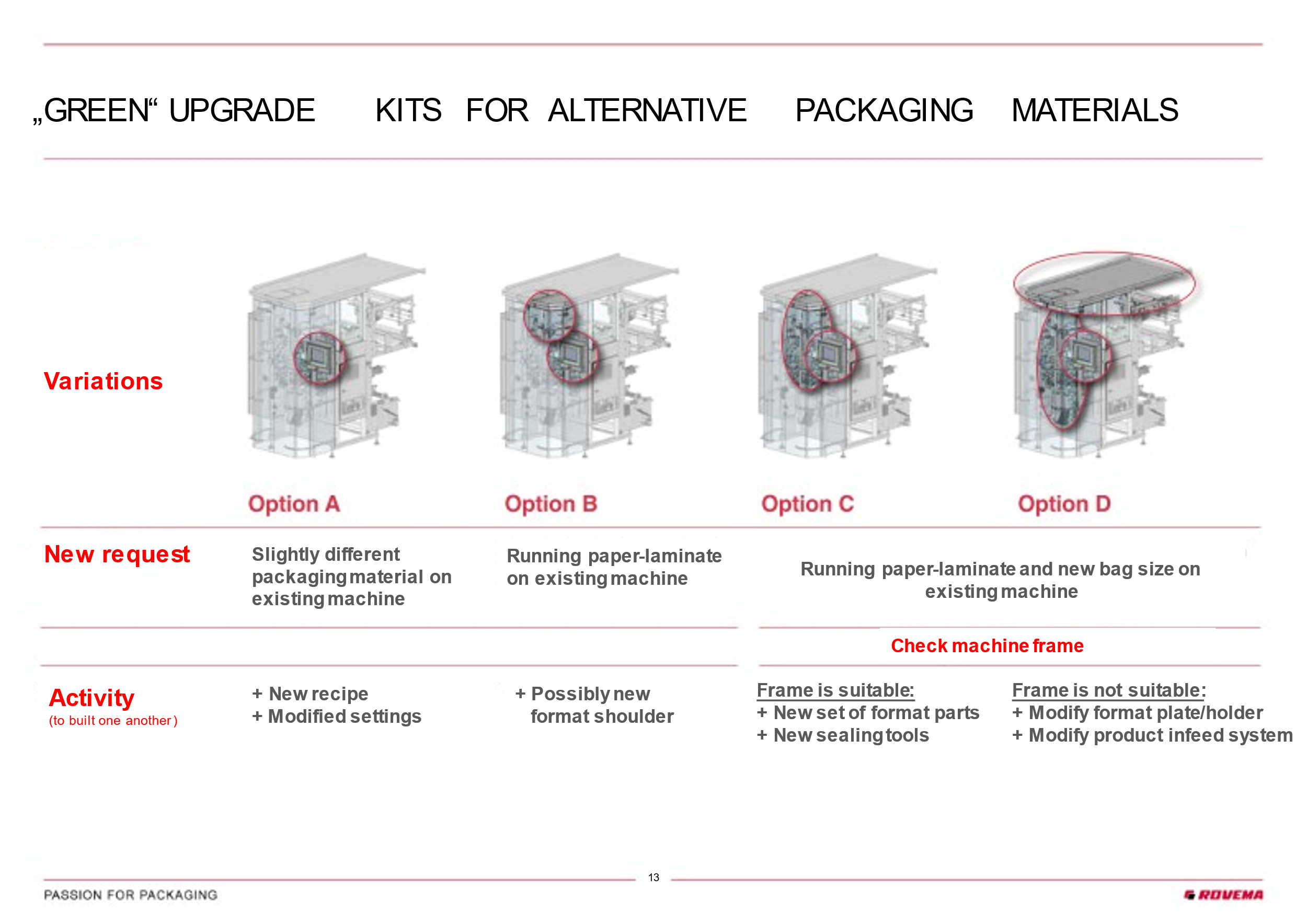
Sustainable packaging materials are becoming increasingly popular, and many of today’s CPG brand teams and other stakeholders are evaluating ...
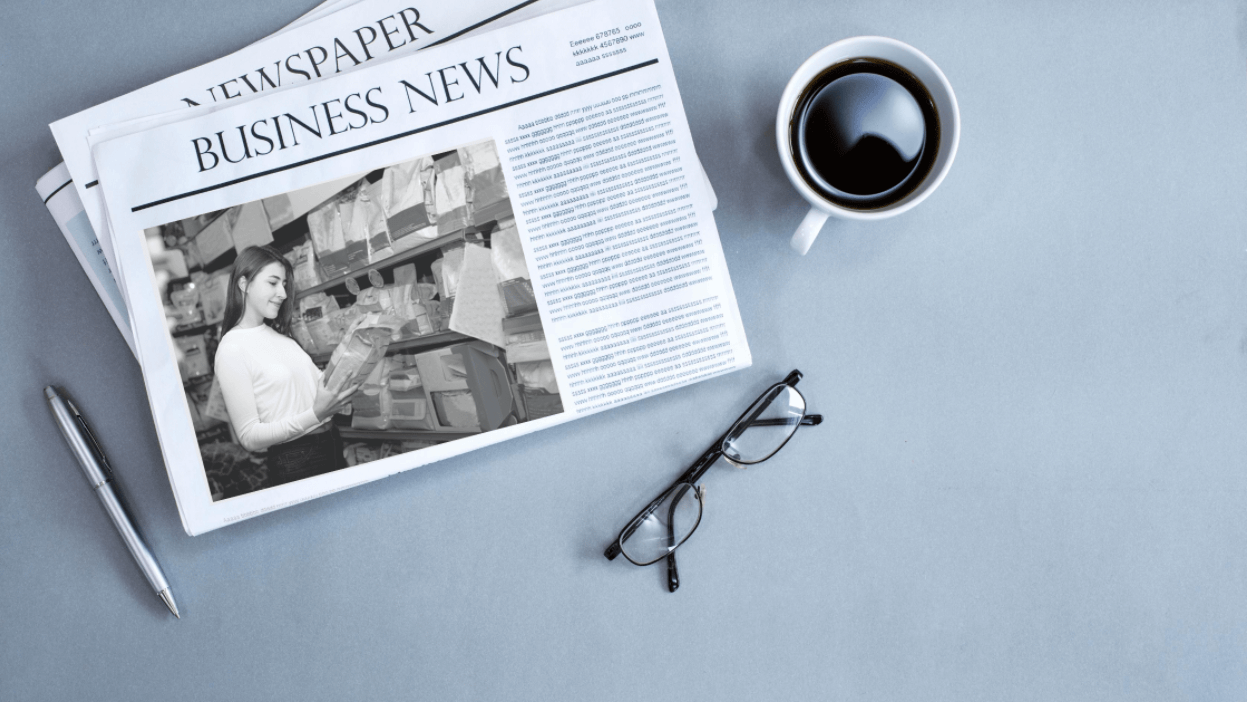
Cultivated hot list of videos, articles and other great resources that we enjoyed over the month. Sustainable Packaging Innovation: Apeel ...

Holiday traditions feel deeply personal – morning coffee rituals, familiar seasonal snacks, the same confections appearing on tables year after year....